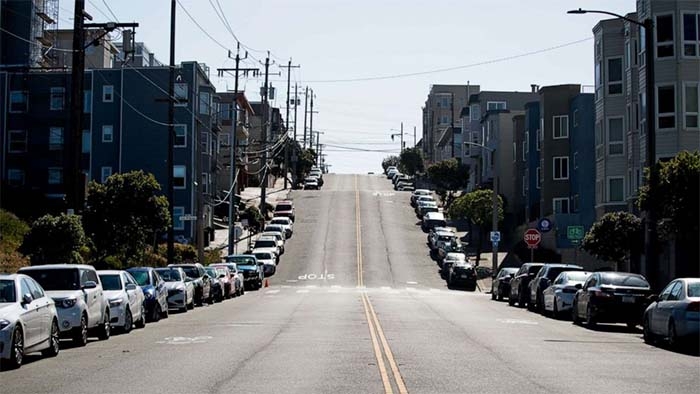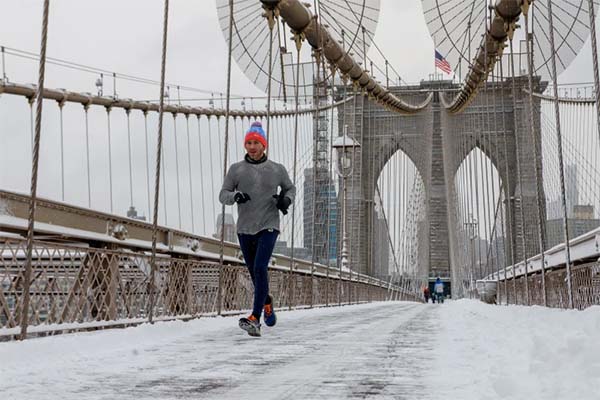
After surfacing in China in late 2019, the novel coronavirus reached California by January, forcing civic leaders and health officials to spring into action.
In March, California became the first state with shelter-in-place orders, and for most of the spring avoided the costlier outbreaks seen elsewhere. The following month, the seven-day average for new cases in California hovered around 1,500 while in New York that figured topped 5,000, peaking at 9,651 on April 10, according to data from those states’ health departments.
But since California began reopening its economy May 8, confirmed cases have skyrocketed — the state’s seven-day average of 1,724 on May 8 reaching 8,818 on July 29.
“We thought we would be able to flatten the curve, and one of our expectations was that we would see those numbers go down,” Dr. Yvonne Maldonado, an epidemiologist and infectious disease physician at Stanford University’s School of Medicine, told ABC News. “We underestimated the virus.”
Maldonado and other experts have said that while the turnaround is alarming, there are still steps state leaders and residents can take to flatten the curve once again.
For the full story, visit ABCNews.go.com/Health.





